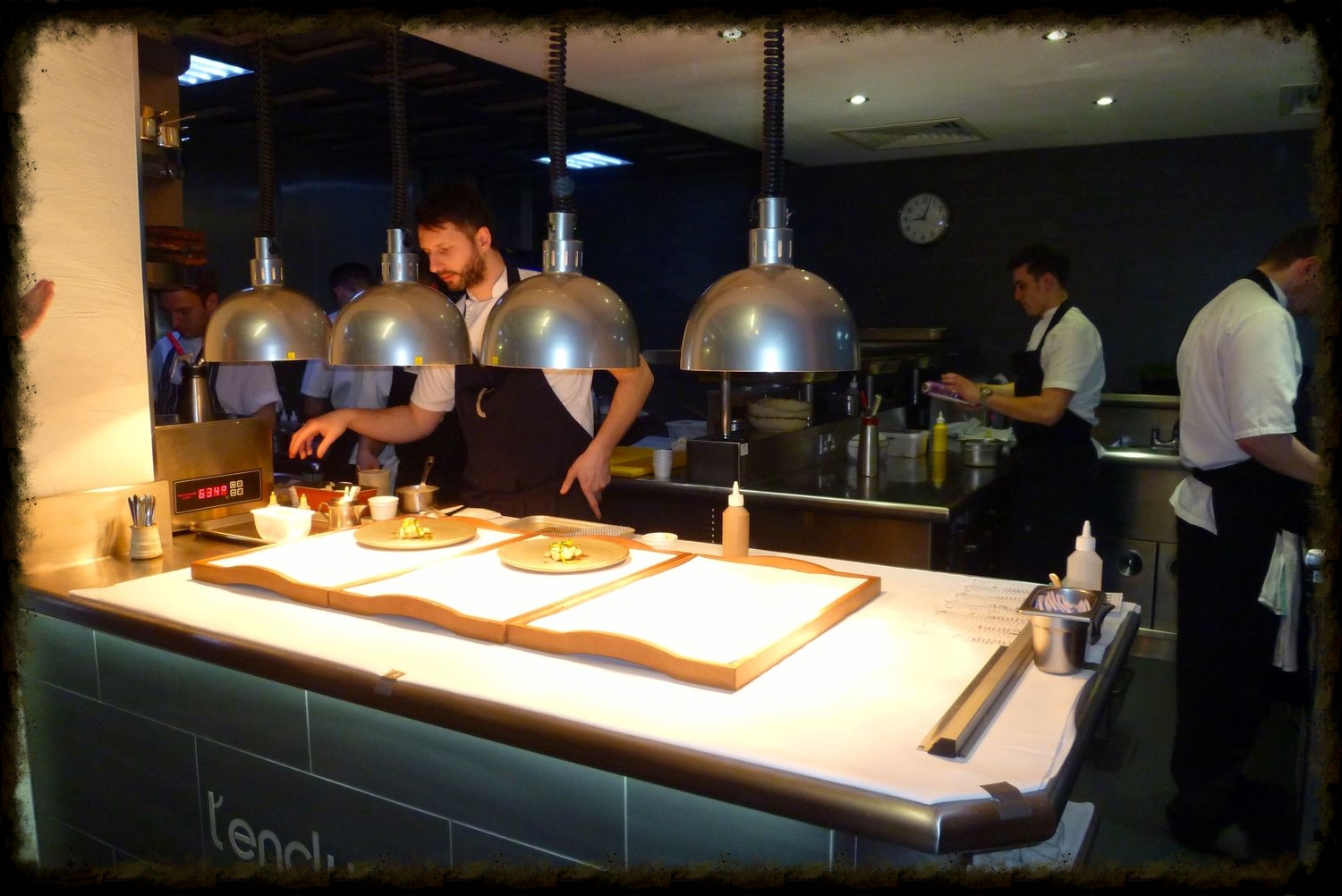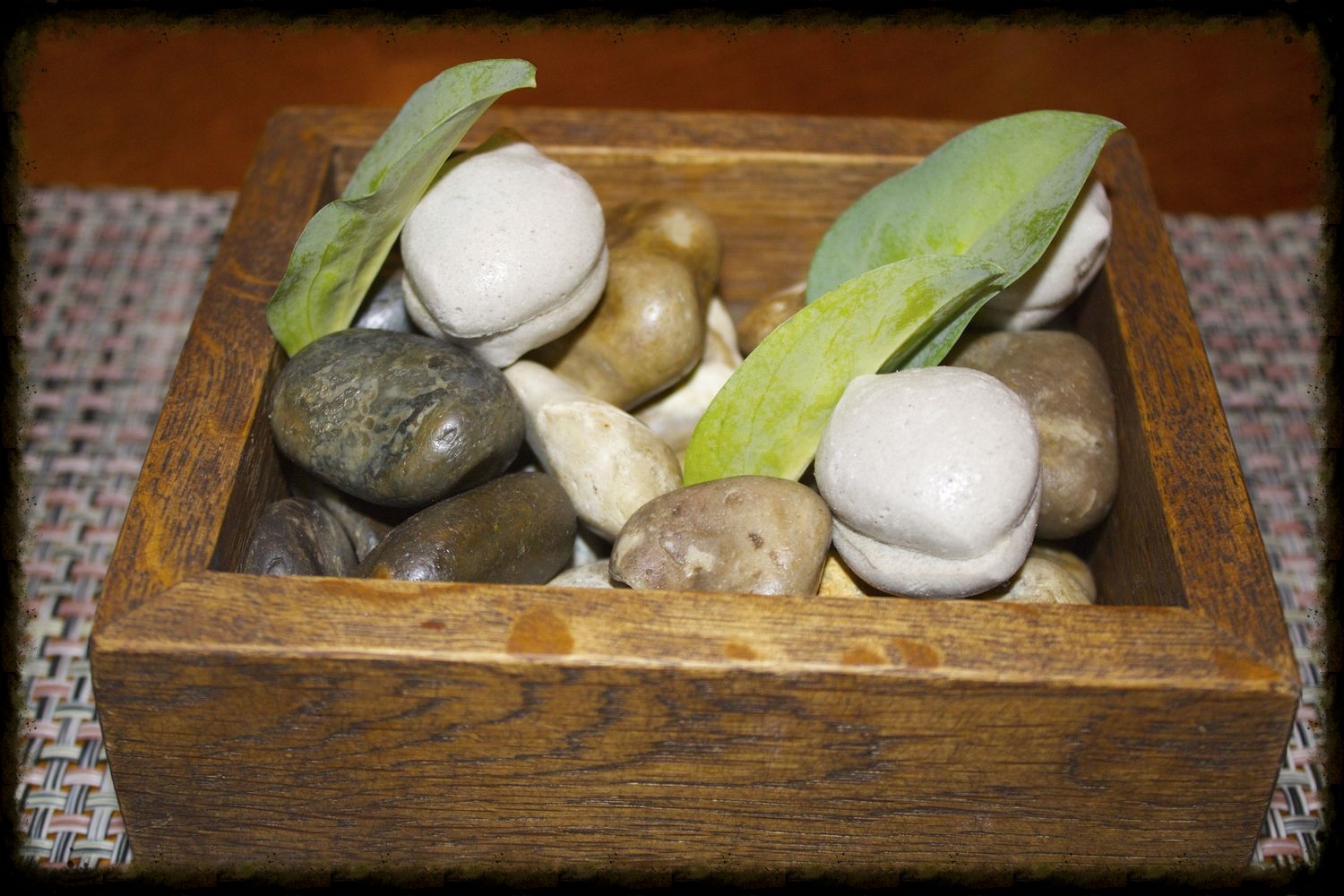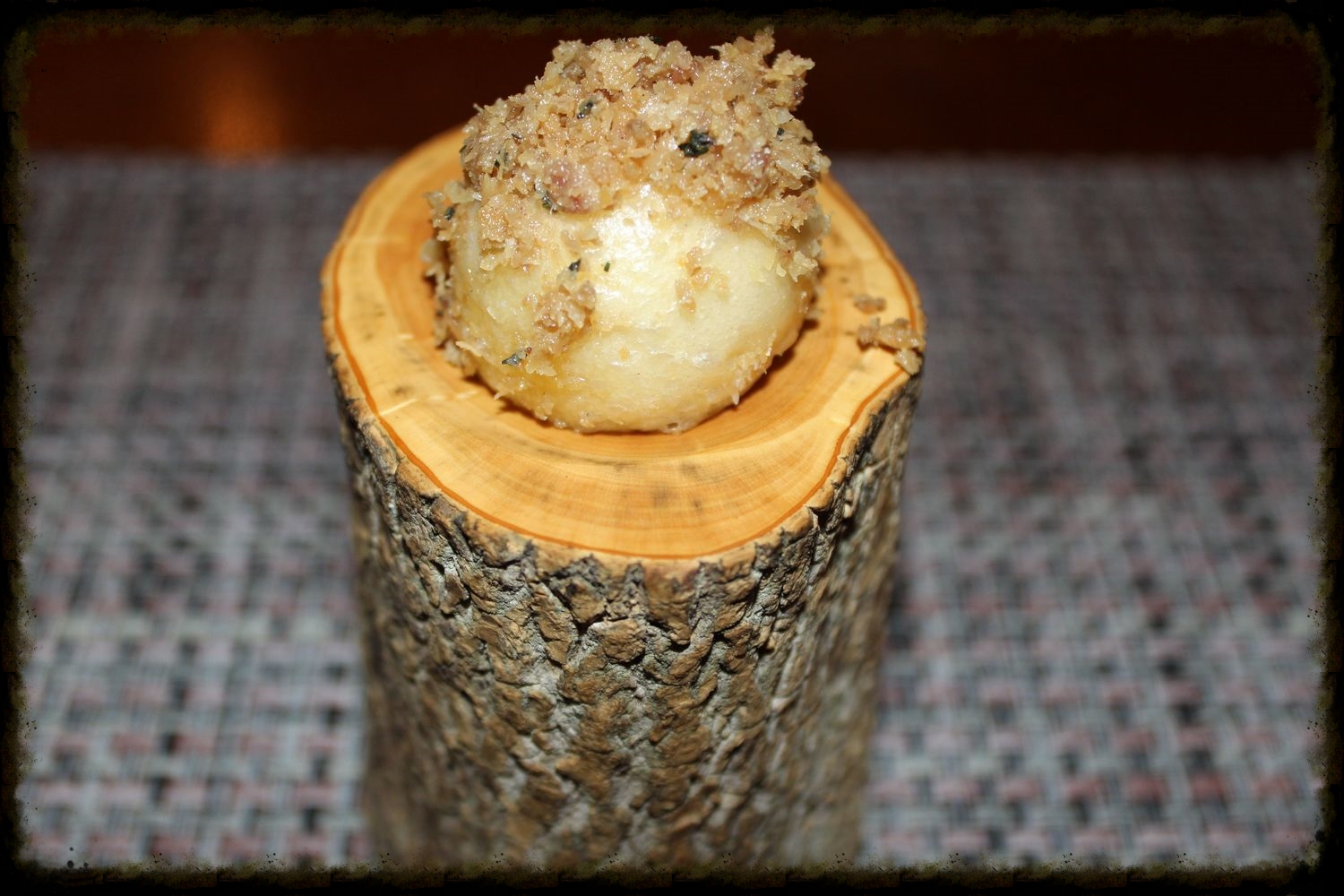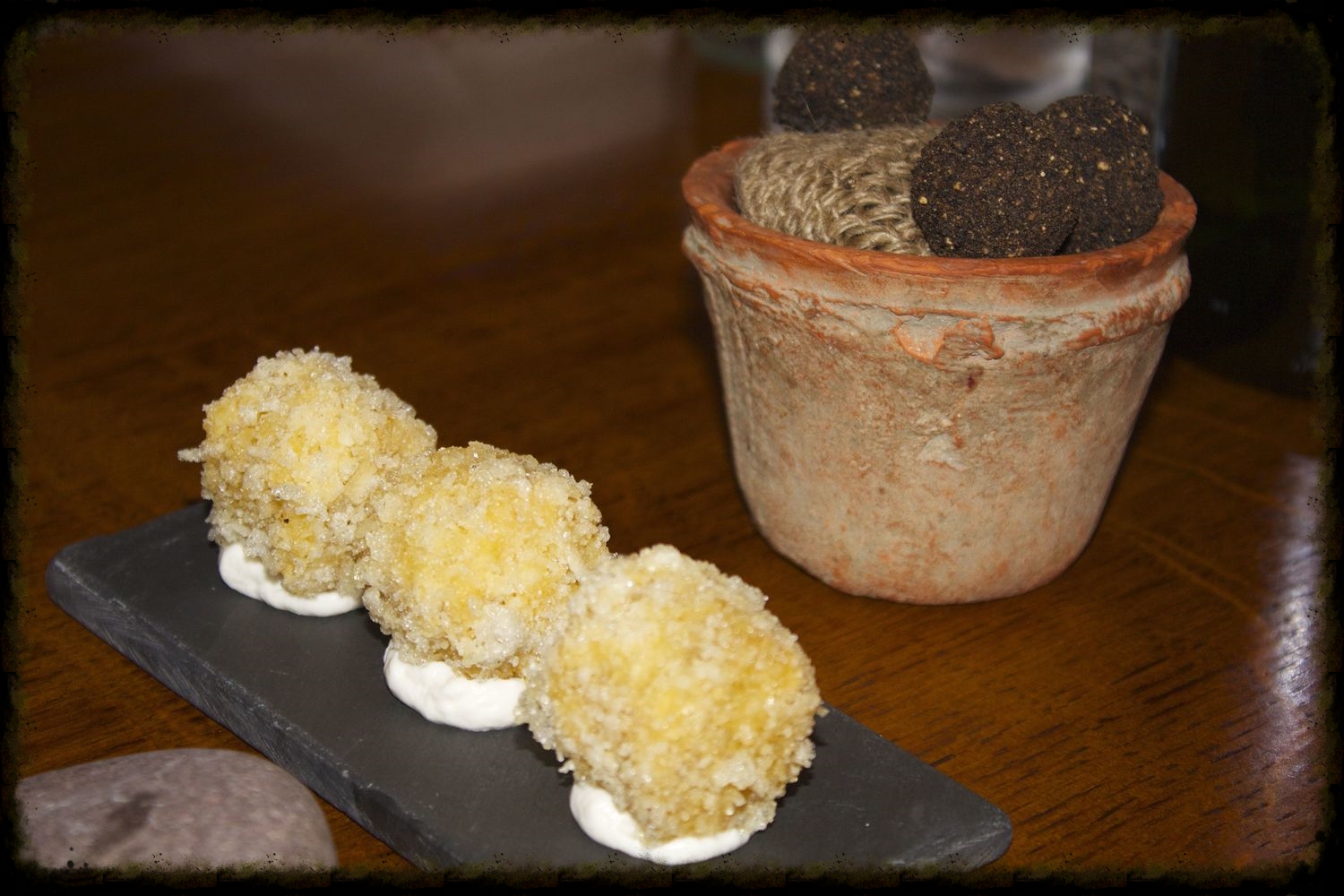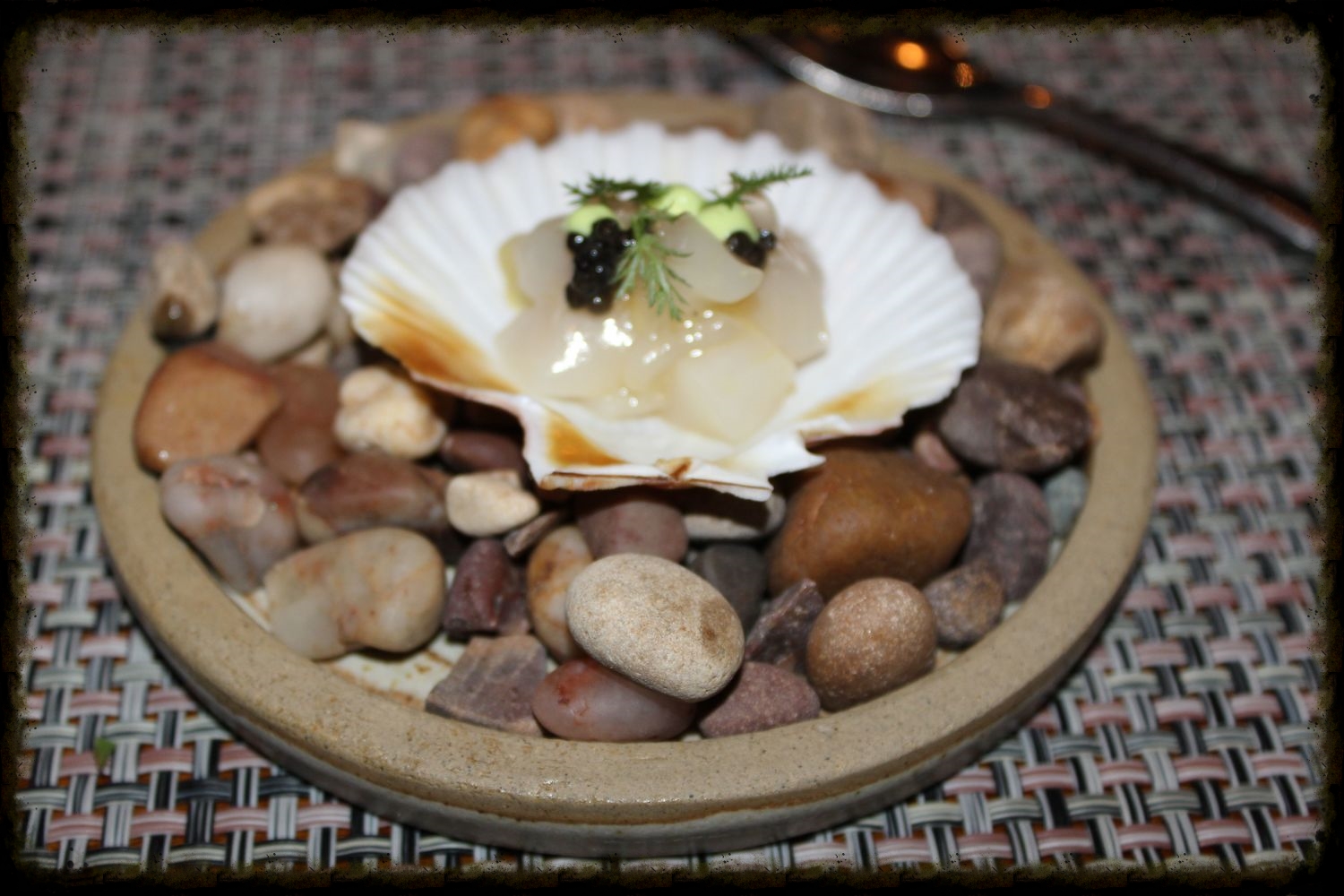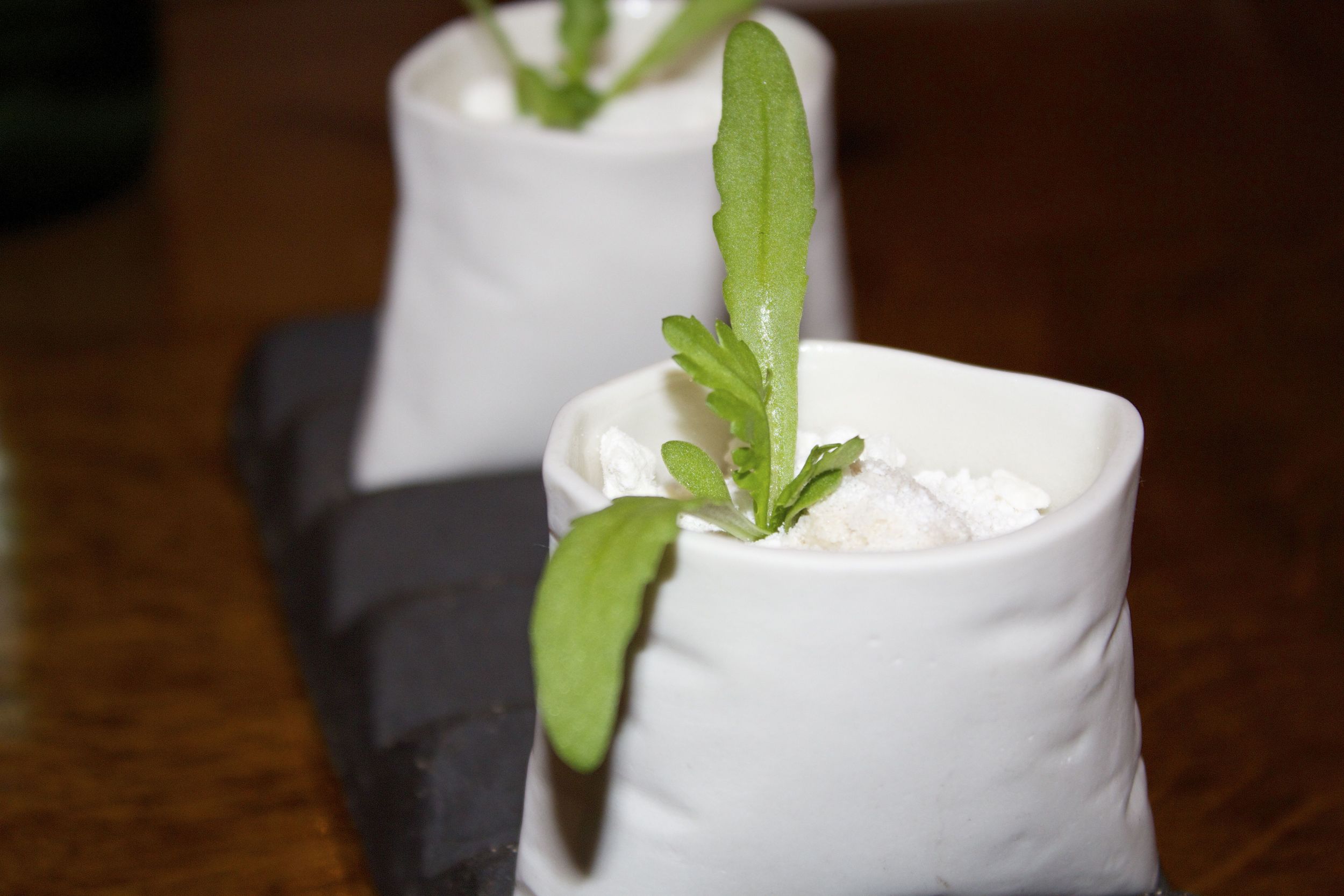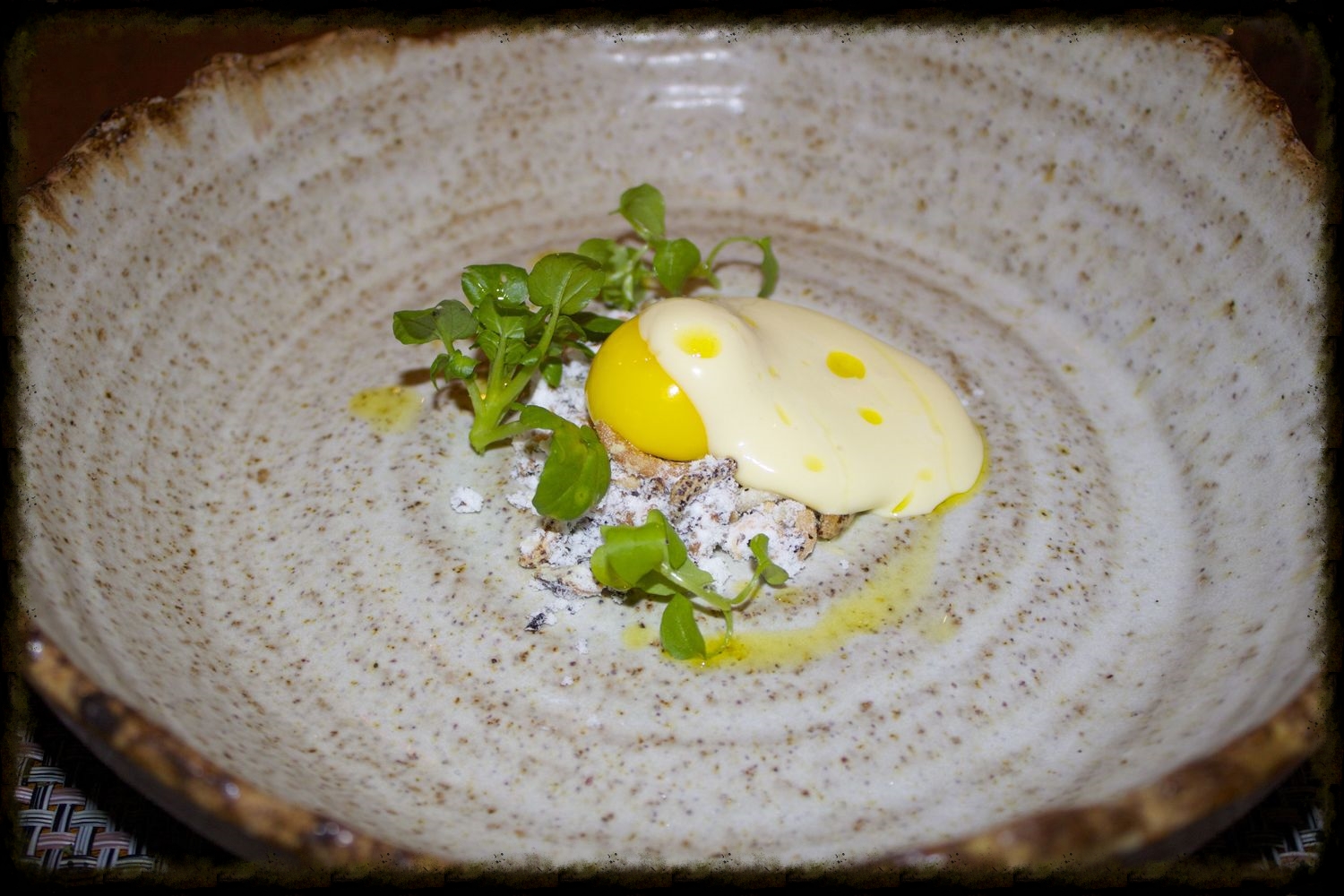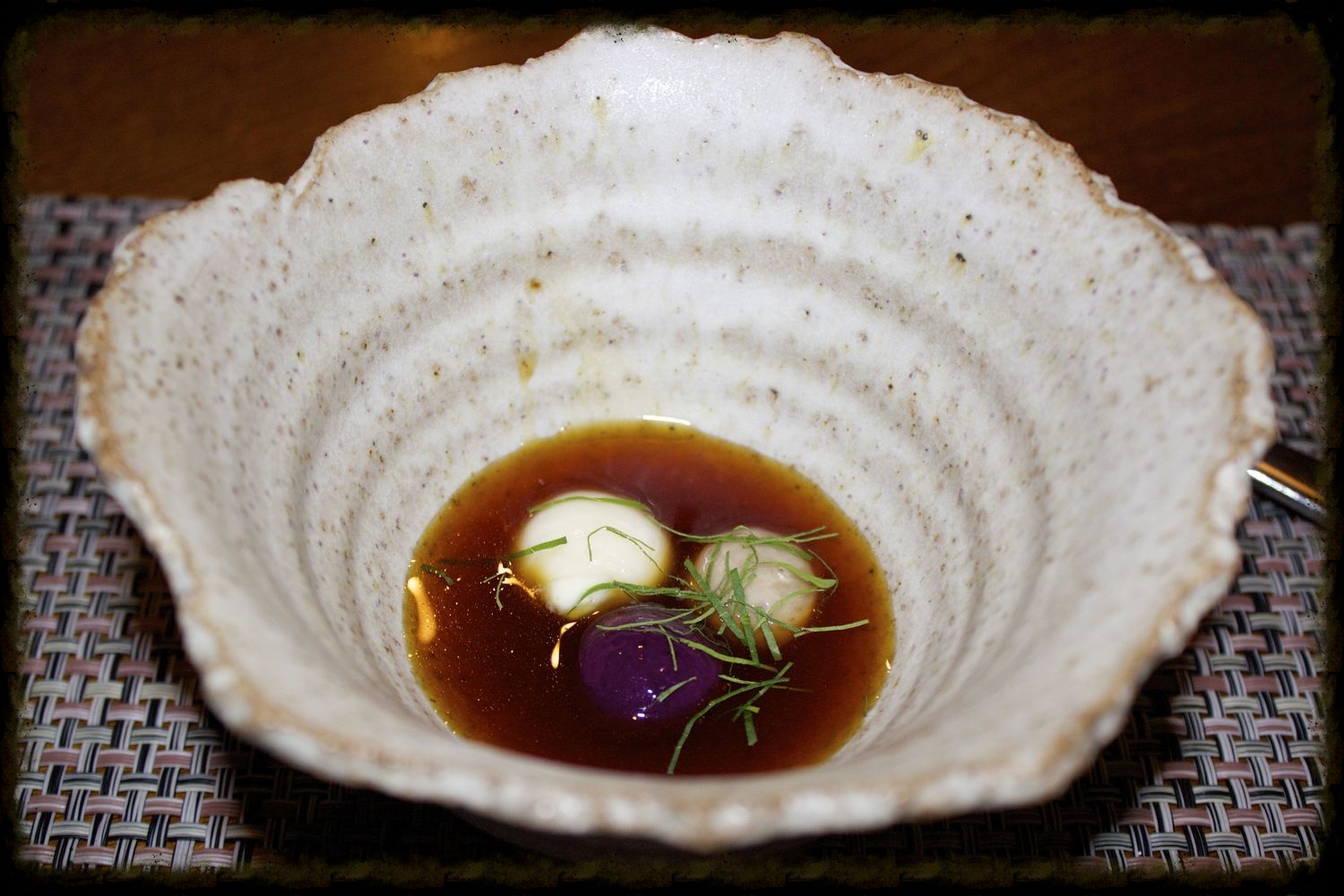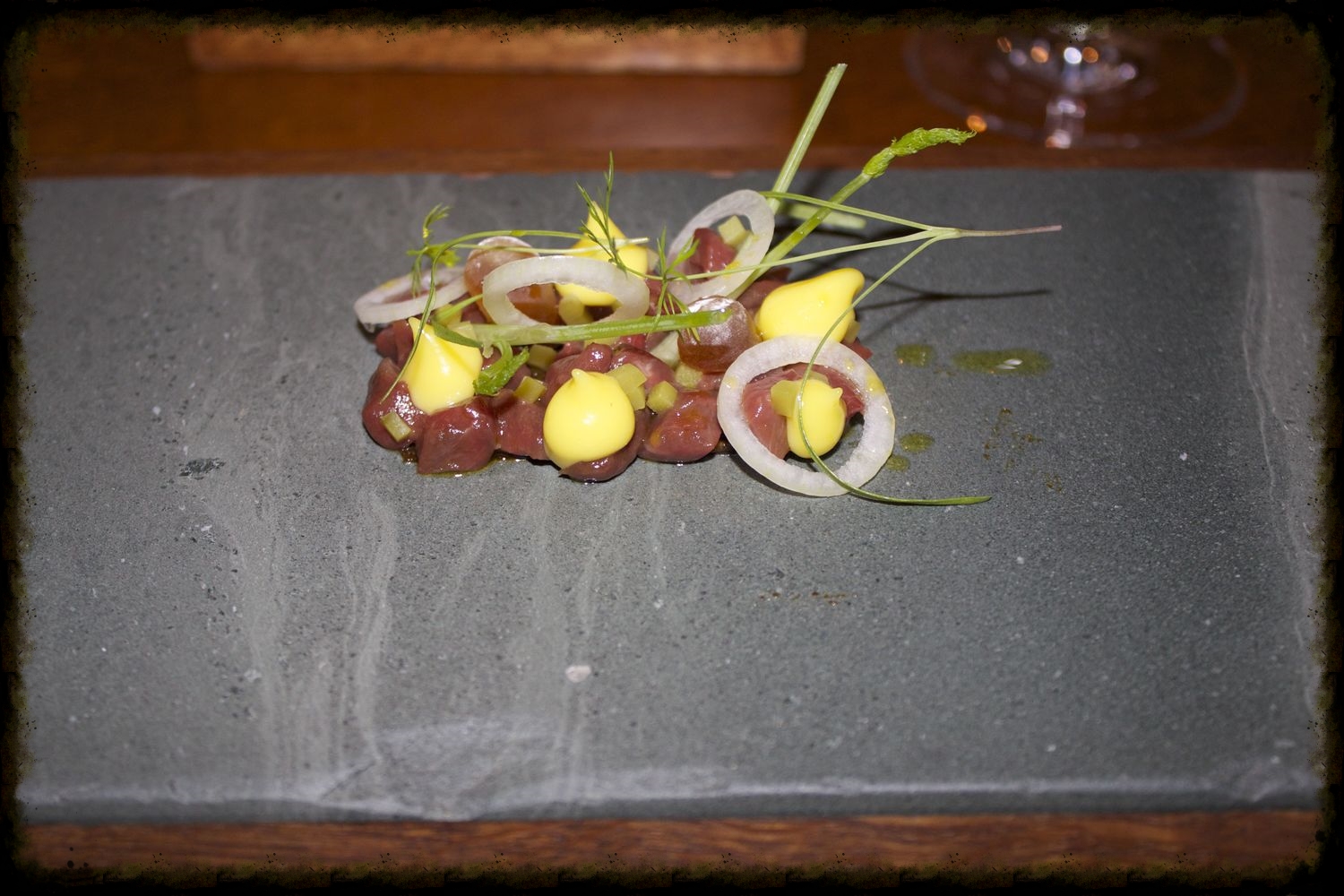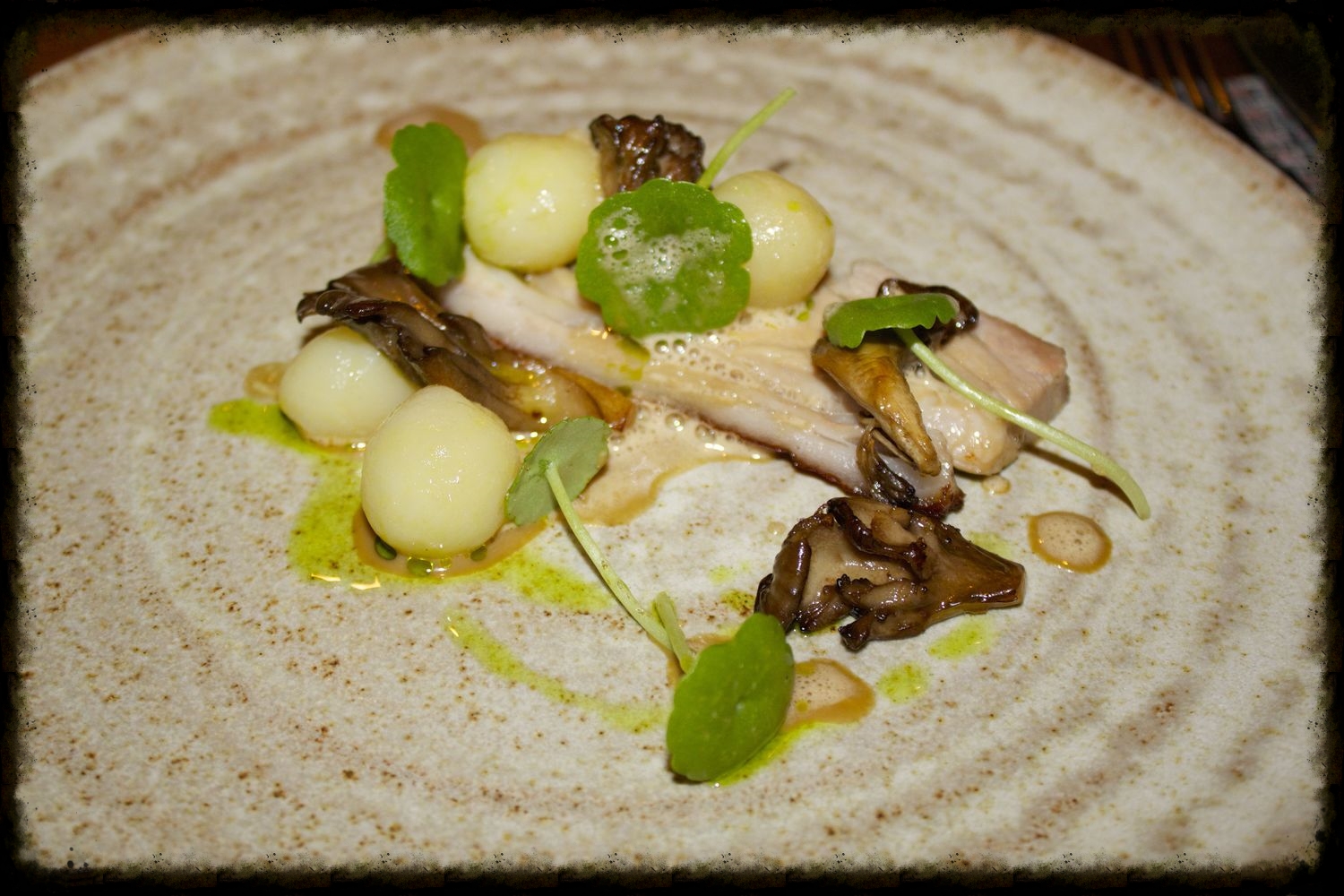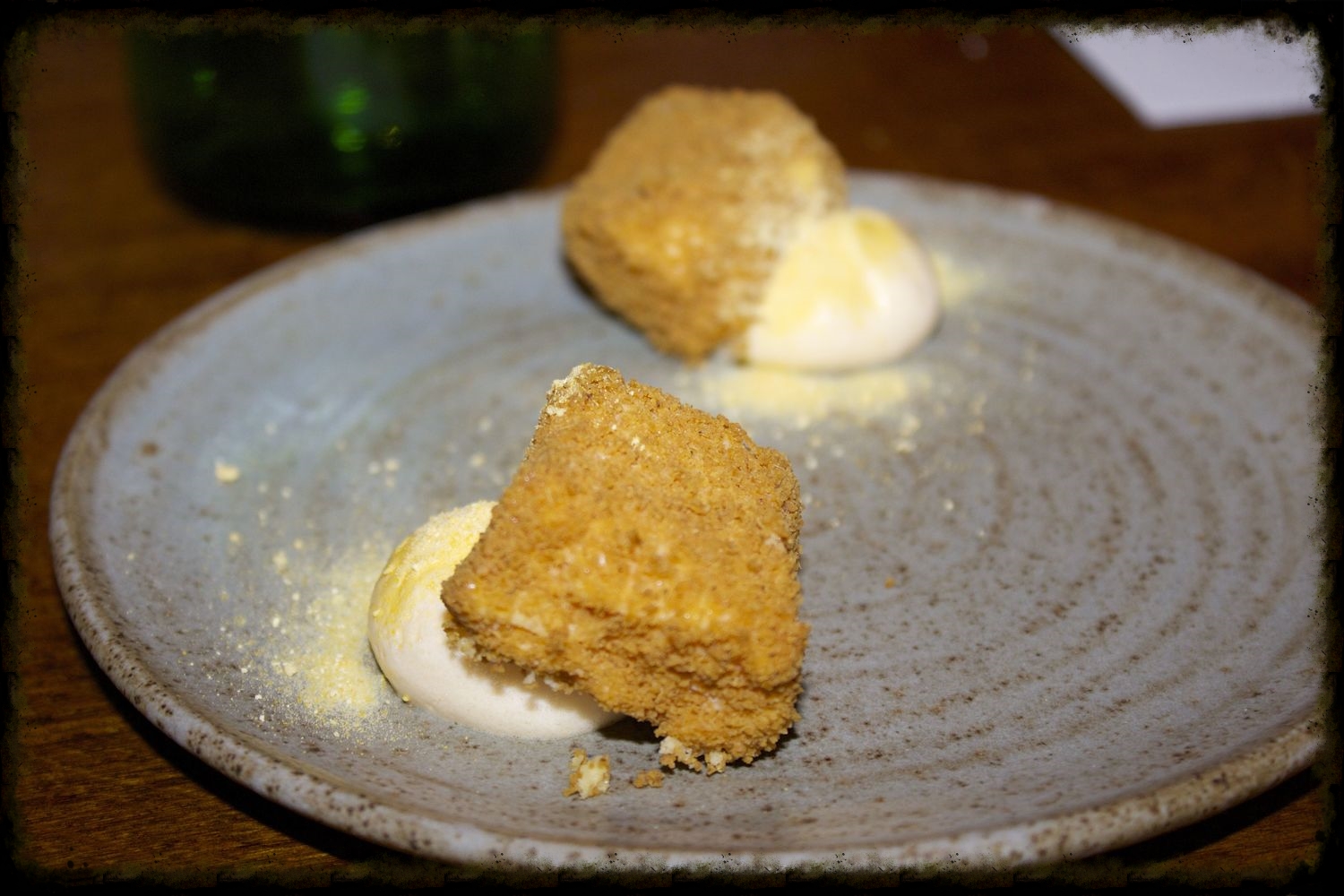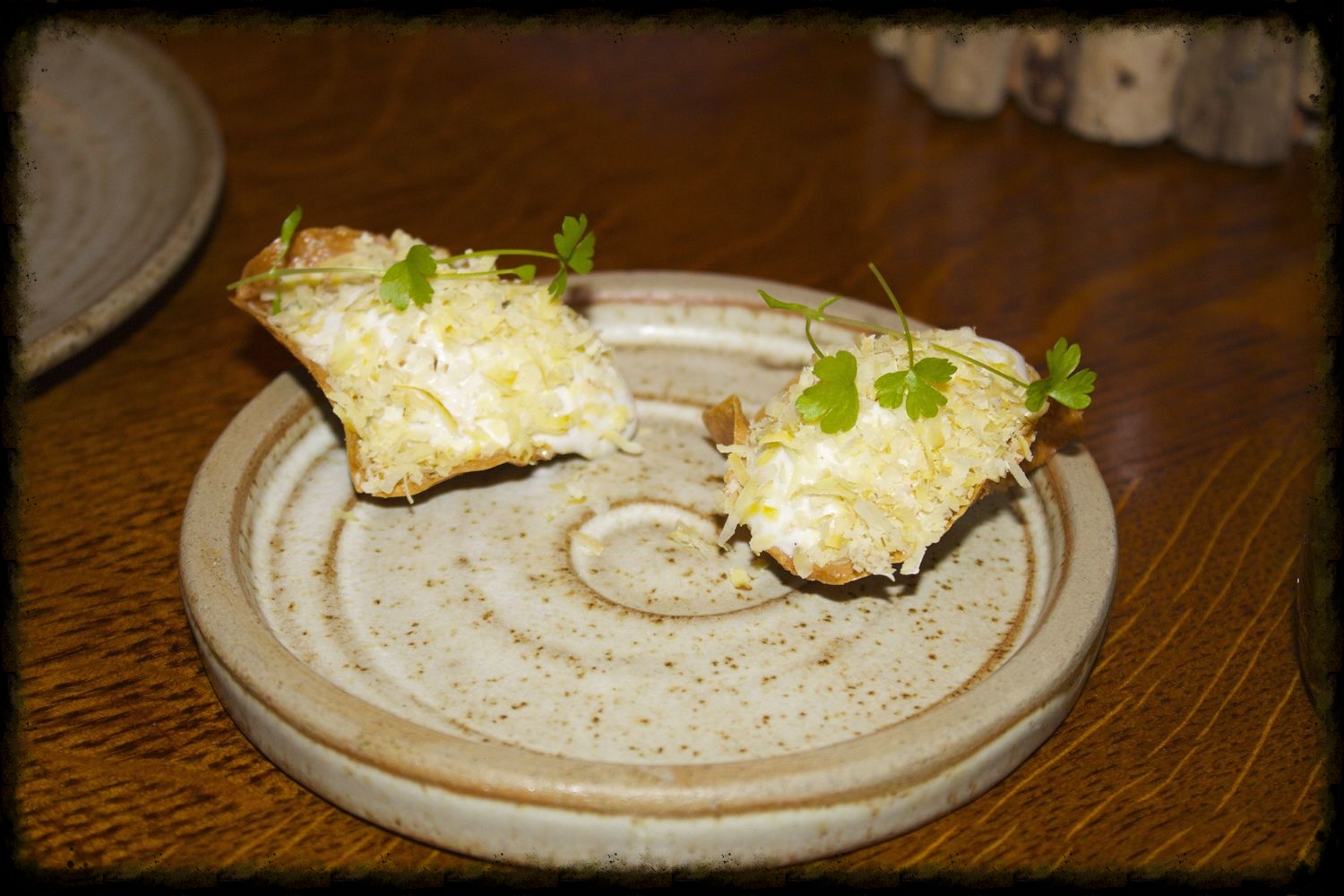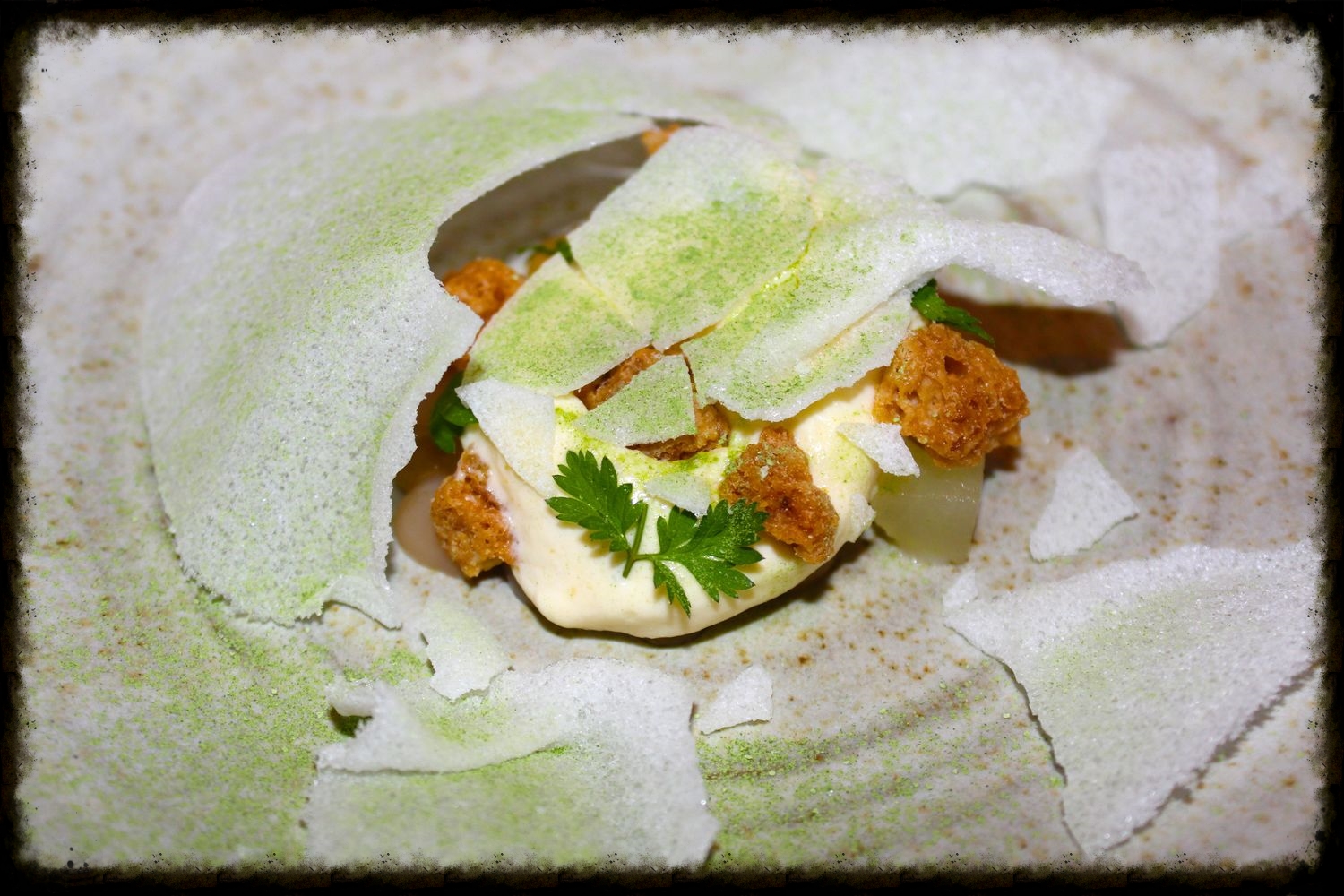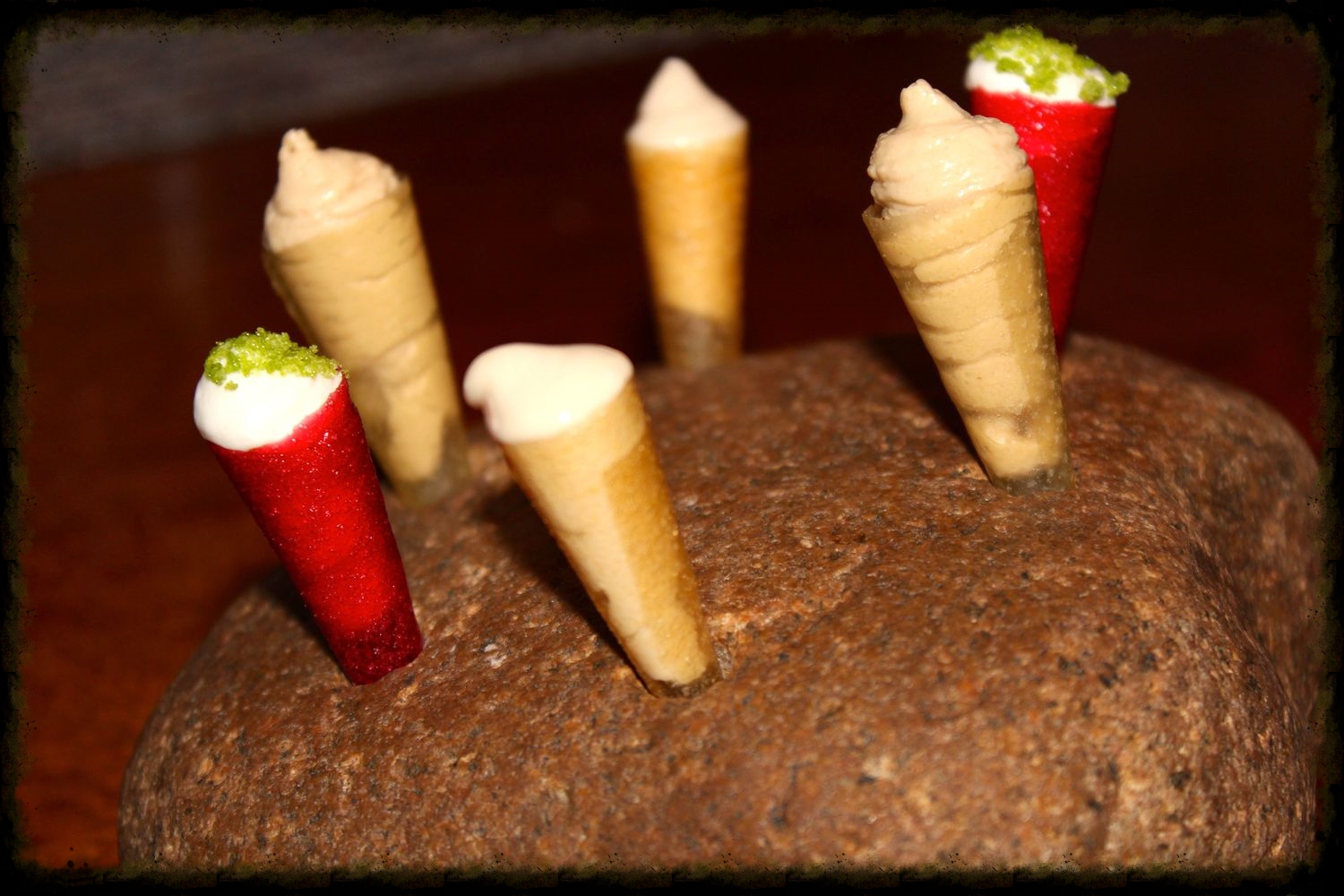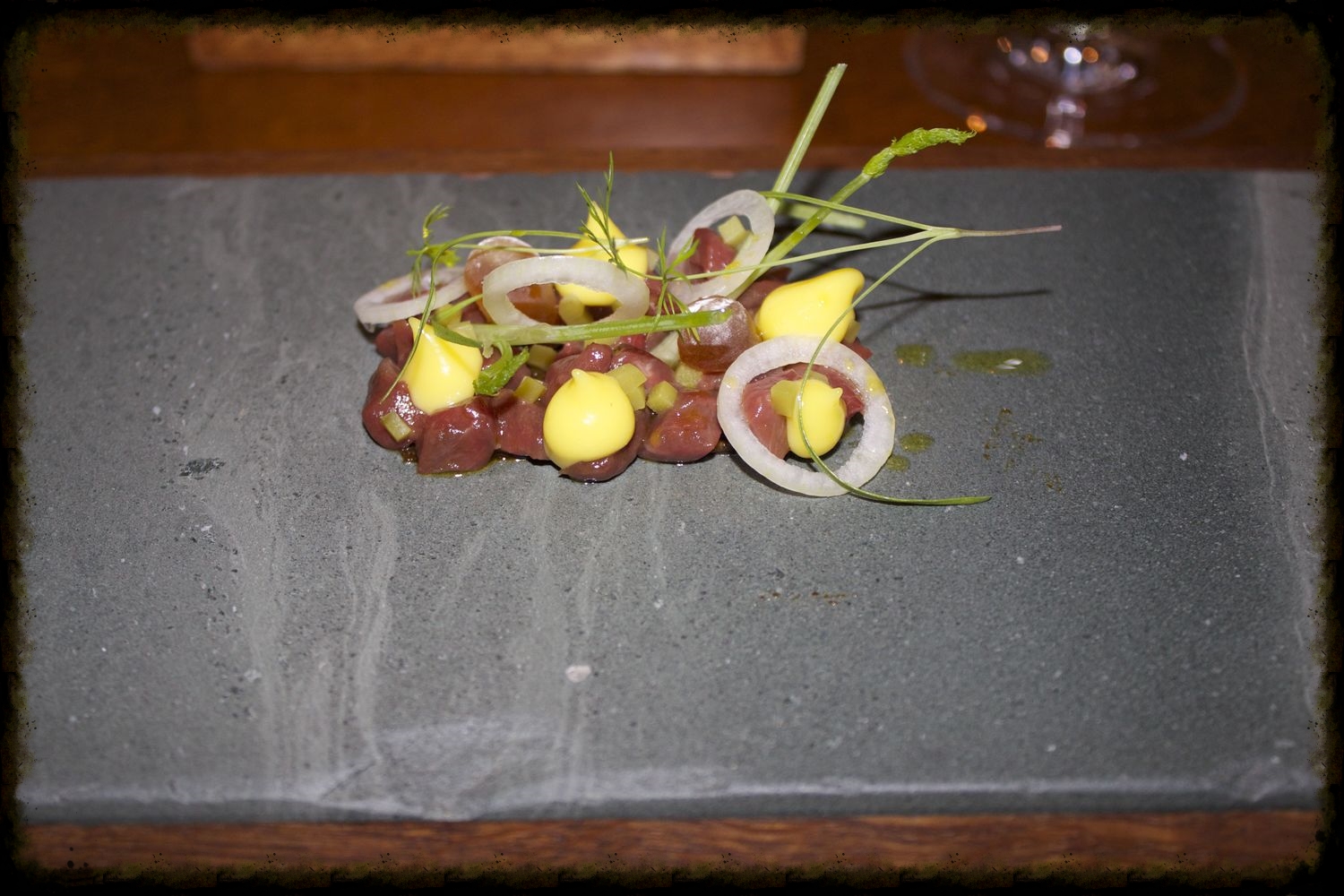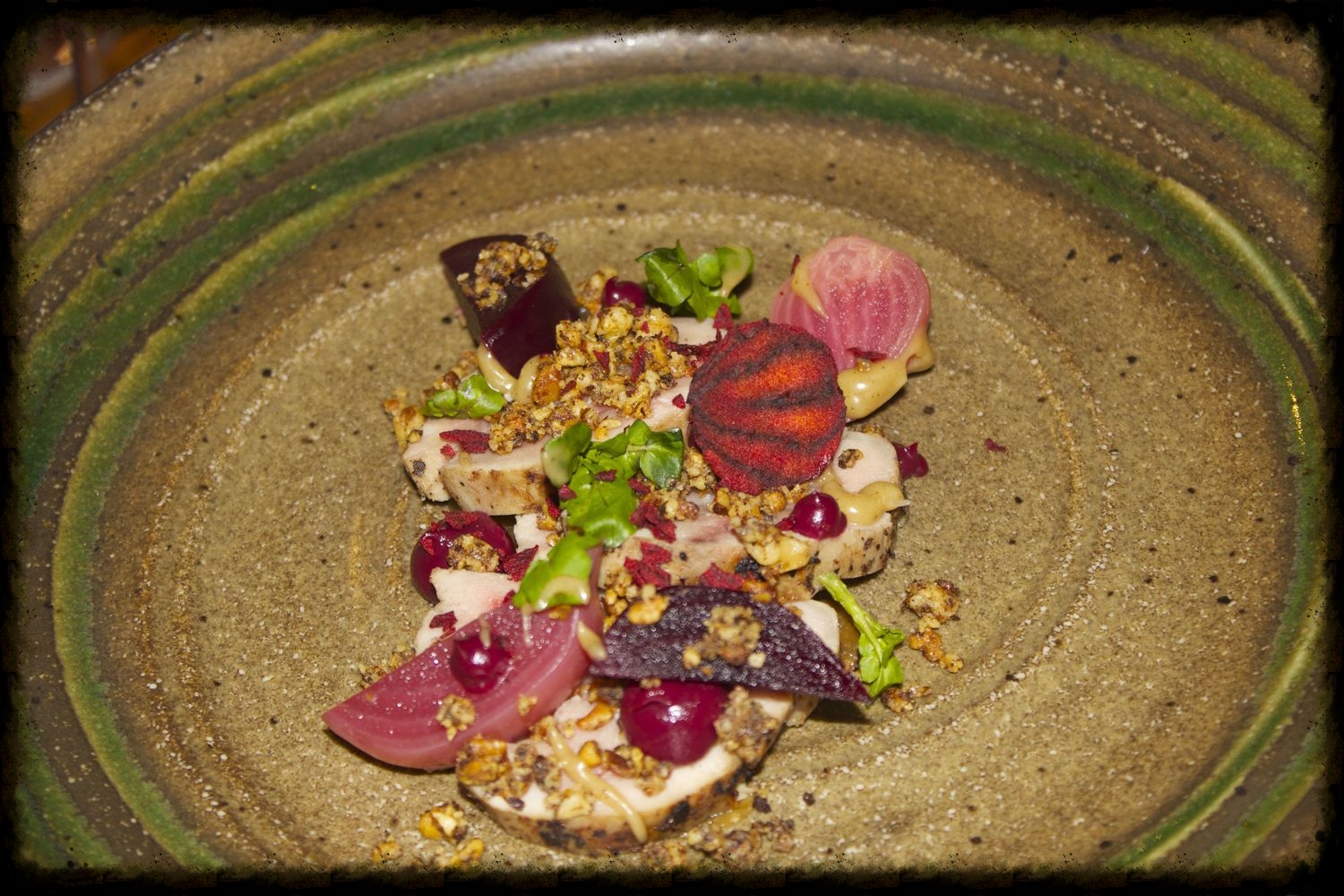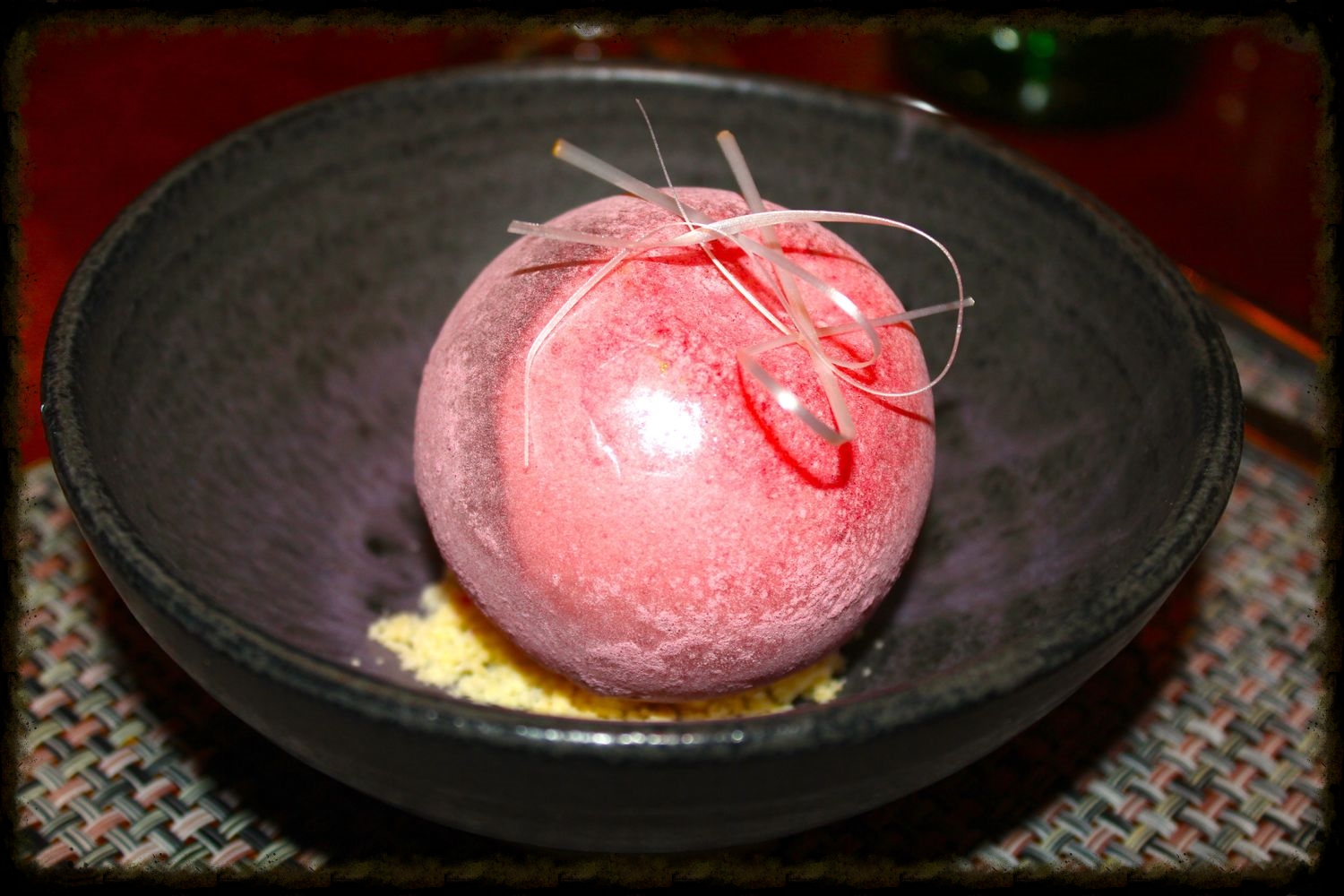Courgettes are at their best this month and offer a range of possibilities to the adventurous cook - from delicate flowers stuffed and coated in crisp tempura to grated courgette in a delicious chocolate cake. Alternatively, you might prefer to exploit their flavour carrying qualities by marinating in flavoured oil and shaving ribbons into a dressed salad.
However you like them, you probably think there is little you don’t already know about this summer squash, but a little research reveals a few surprises:
MYTH #1: “courgettes” are called “courgettes”
In countries such as Canada, Australia, the USA and Germany, the plant is called a zucchini - from the Italian “zucchina" (small pumpkin).
MYTH #2: courgettes are small
According to the Guinness Book of Records, the world’s largest courgette was almost 6 foot long and weighed 65 lbs.
MYTH #3: courgettes are green
There are more than 100 varieties of courgette, each with different markings - including the "Sunbeam" with bright yellow and white stripes!
MYTH #4: courgettes are vegetables
Technically, courgettes are actually fruit - with a distant relationship to watermelons…
MYTH #5: but no-one really loves courgettes
In a 2005 Dolmio poll, the courgette was voted Britain’s 10th favourite vegetable.
MYTH #6: courgettes are mostly water, they have no nutritional value
Courgettes do have a high water content, which makes them low in calories, but they are also a good source of folates, vitamin C and vitamin A - helping to prevent both cancer and heart disease. A single courgette also contains more potassium than a banana.
MYTH #7 courgettes can drive you crazy
OK - maybe not a commonly held myth, but there is some evidence. Consider the two-day Annual Zucchini Fest in Hayward, California. This celebrates everything about the little green vegetable and attracts up to 30,000 visitors each year. The event features live music, arts and crafts – all with a “Zucchini” theme…
When shopping, look for courgettes that are small (water content increases as they grow bigger diluting their flavour), heavy for their size with shiny unblemished skin.
Seasonal recipe: try this simple courgette and citrus salad with pan fried cod.




